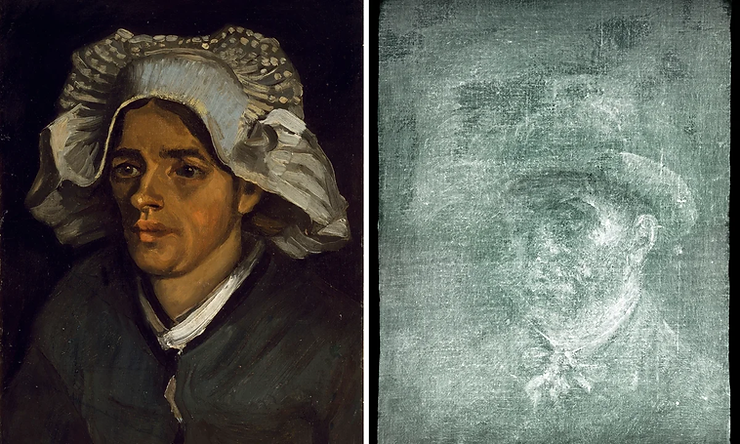By: Amanda Yang
When Vincent Van Gough was low on money, he would paint on both sides of his canvases to save materials. But, over time, some of his paintings on the reverse side have been covered up and lost. Lately, another of his reverse-side portraits has been found in Scotland.
“Moments like this are incredibly rare,” Frances Fowle, senior curator of French art, said. “We have discovered an unknown work by Vincent van Gogh, one of the most important and popular artists in the world.”
When the museum was preparing for an upcoming exhibition on expressionism, they found the self-portrait of Van Gough in an X-ray of one of his paintings from 1885 called Head of a Peasant Woman.
“Hidden from view for over a century, the self-portrait is on the back of the canvas with the Head of a Peasant Woman and is covered by layers of glue and cardboard,” the museum said in a statement on Thursday. The experts at the museum think that the cardboard and glue covering the newly discovered self-portrait were put on in the early 20th century before the art went on display.
The self-portrait of Van Gough features a bearded man with a brimmed hat, a loose handkerchief at the throat, and an intense and serious expression.
This self-portrait wasn’t the first to be hidden and then found again. There have also been many previously discovered portraits like this one, and the one behind Head of a Peasant Woman probably won’t be the last. Some places, including the Van Gogh Museum in Amsterdam, have paintings that have double sides. Sometimes, Vincent Van Gough also painted over his existing work.











